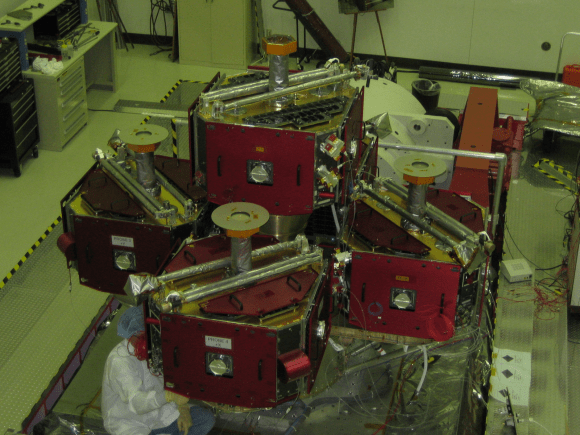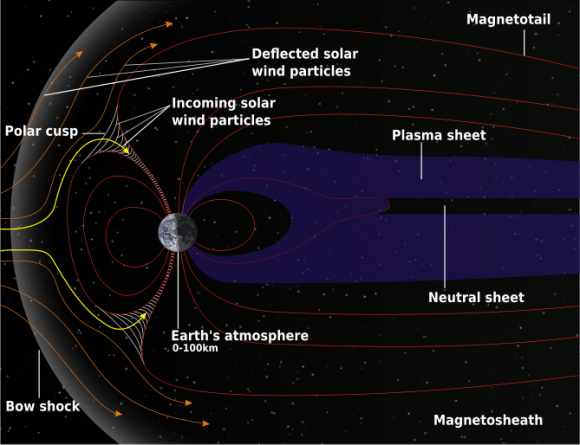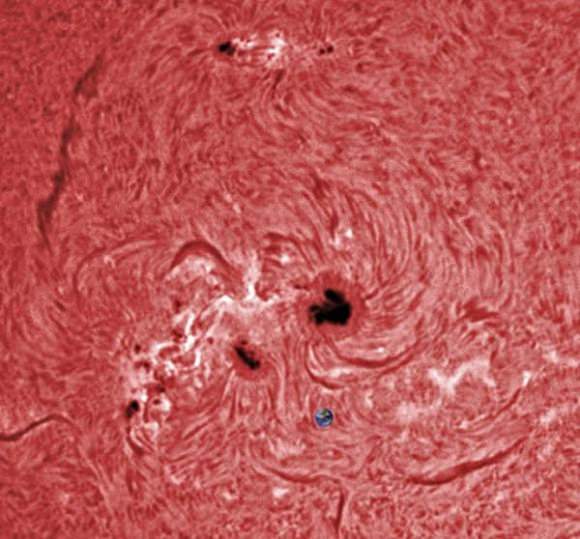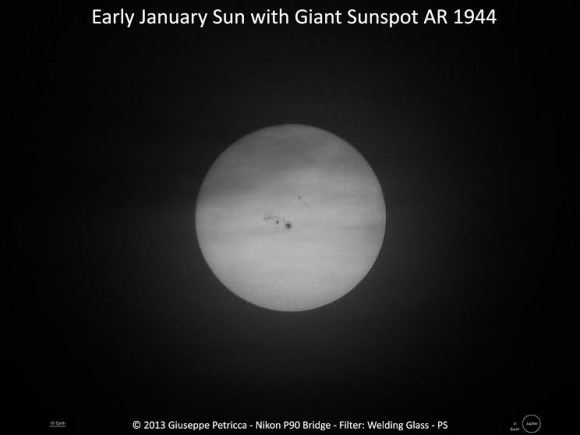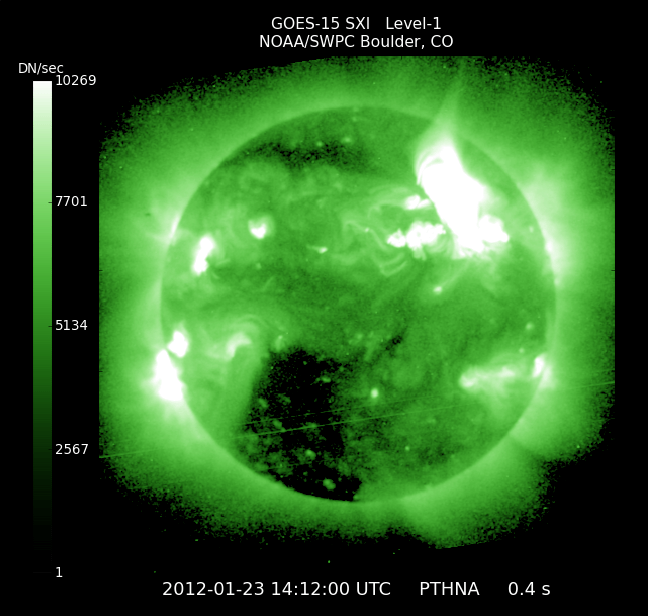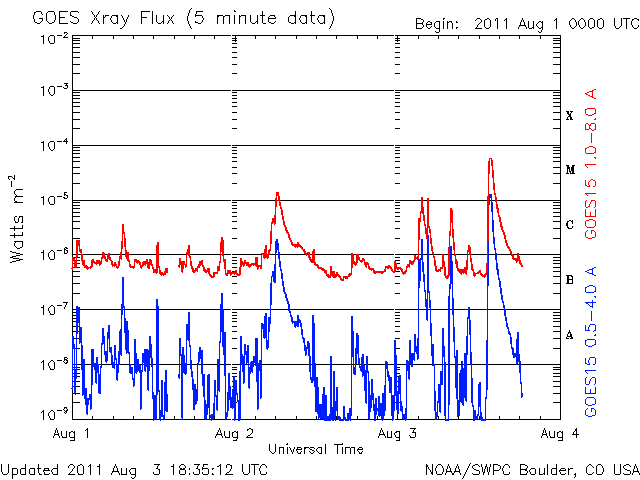Space is a hostile environment for human beings. No part of it will permit you to survive longer than a minute. But what’s the fastest way to die in space?
Just in case you were planning to jump out into the vacuum of space without a spacesuit, I urge you to reconsider. There’s nothing but painful suffocation and death. Do not do it.
You probably wouldn’t be here if you weren’t wondering, just how lethal is space? What are all the ways space is trying to kill you? Space has a Swiss army knife of methods to do you in. You won’t be surprised to learn that classic sci-fi usually had it wrong. If you jumped out into the cold deep void without a protective suit, you wouldn’t pop like a giant pressurized juicy meat pimple. Your blood doesn’t boil, and you don’t flash freeze.
The good news is even though there is a pressure difference, human skin is strong enough to keep your body together. The bad news is you just plain old asphyxiate, almost instantaneously. The human body has about 15 seconds of usable oxygen in the blood. Once you run through that oxygen, you’ll take a quick space nap and then die a few minutes later.
On Earth, you can hold your breath for a few minutes but this gets much harder in space, as the low pressure forces the air out of your lungs. In fact, it would probably be wise to breathe every last bit of air out before you stepped out, since it’s coming out violently, one way or another.
Here’s the amazing thing. If you jumped out into space and could get back into a pressurized environment within a minute or so, you probably wouldn’t suffer any permanent damage, aside from a little bruising, some hypothermia and a really nasty sunburn. Stay out for any longer, though, and the damage will get worse. Beyond a few minutes and you’ll be done.Which is just fine, as you weren’t planning on going out into space without a spacesuit anyway.
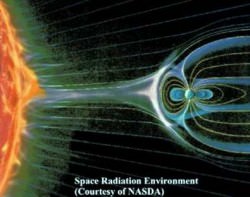
Unfortunately, even tucked safely in your spacecraft, there are tremendous risks to being away from the comfort of Earth. You’ve got to be worried about radiation. Once a spacecraft leaves the protection of the Earth’s magnetic field, it’s exposed to the high levels constantly streaming through space. A trip from Earth to Mars and back again might increase your overall risk developing a fatal cancer by about 5%, and that’s a risk most astronauts are willing to take. But there are solar storms blasting out from the Sun that could deliver a lethal dose of radiation in just a few hours. Astronauts would need a safe, radiation-shielded location during these solar storms or they’d expire from acute radiation poisoning.
There are many, many other risks from traveling in space. Fire is one of the worst, failure of your oxygen system, access to clean water and food become an obvious problem. Even things we usually don’t think about, like mold building up in the damp environment of a spaceship becomes a problem.
Survive all these immediate hazards, just like here on Earth, and the long term hazards will get you. We have no idea if it’s even possible for the human body to exist in microgravity for longer than a few years. Your bones dissolve, your muscles waste away, and there might be other consequences.
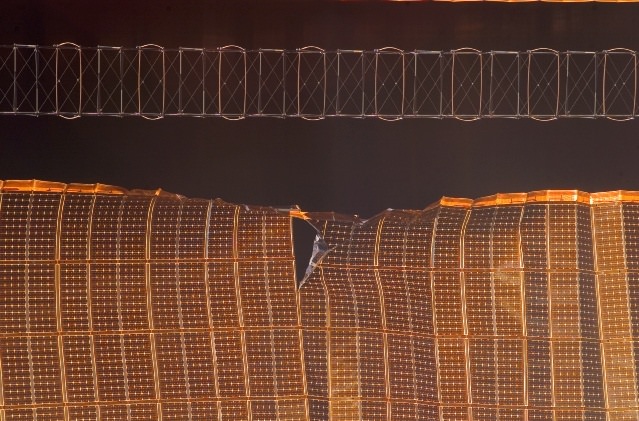
So far, nobody is willing to run the experiment long enough to find out. And finally, the fastest way space can kill you is likely impact with debris. Even though space is mostly empty, there’s all kinds of material whizzing around. Every spacecraft is pockmarked with micrometeorite impacts. There are holes punched through the International Space Station’s solar panels. These tiny pieces of rock can be traveling at 10 kilometers per second when they impact the spacecraft.
Spacecraft have layers of protection to absorb smaller particles, but there’s no way to prevent larger objects from causing catastrophic damage. If those layers weren’t there you’d be a short hop skip and a jump from becoming a heavily perforated spongebob spacepants. The solution? You just have to hope they never hit.
There certainly a many ways to quickly die in space, but what’s really amazing to me is how we can actually overcome many of these risks, certainly long enough to reach other worlds in the Solar System. Traveling in space is dangerous and difficult, but the exciting thing is it’s still possible. And one day, we’ll do it.
So, even knowing the risks, would you travel in space?



